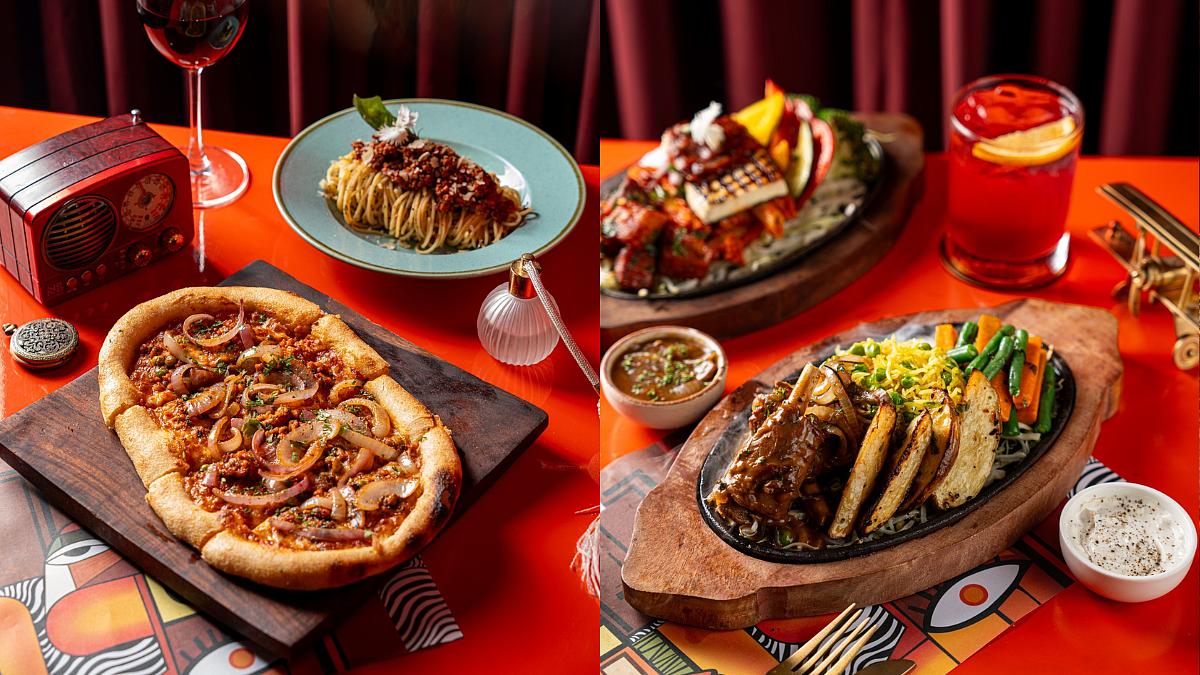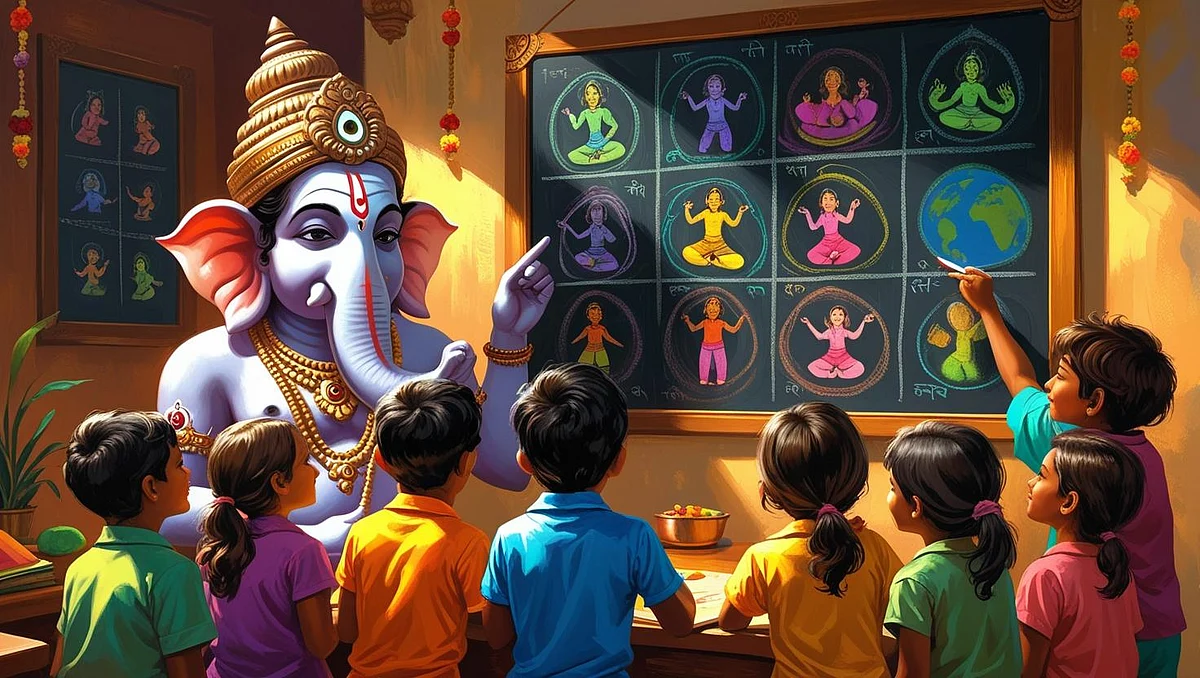Pandemic is a game-changer for shoppers. The pandemic proved to be an eye-opener where certain lifestyle choices are concerned. With many forced to take pay cuts and many even losing their jobs, the focus is cutting down expenditure wherever possible. As a result, there is a definite change of sentiments when it comes to shopping. Suddenly, the attention is towards thrift shopping — buying pre-owned stuff.
Acknowledging the uptick in thrift shopping, Shimbika Tiwari, owner, YourDrobe, says, “Consumers are increasingly keeping a check on their expenses. Thrifting gives them a chance to afford luxury with a range of trendy and branded products at budget-friendly rates.”
Neha Shroff, Co-Founder, Yobler, a marketplace providing pre-loved and refurbished products for kids, agrees, “The financial uncertainty has made people fundamentally re-evaluate their lifestyle. It has gained mainstream traction.”
Vinay Agrawal, content editor and a thrift shopper, calls the new trend an immersive experience. The thrill of finding things at one-tenth price is another high that many shoppers thrive on. “Hand-me-downs or purchasing items from kabadiwala is perceived as ‘you are buying something that is discarded’. In thrift shopping, you can be assured (at least somewhat) of the quality of the goods. It is a minimum prerequisite most shopping platforms employ before selling their products,” he says.
Digital impetus
The lockdowns forced many businesses to either shut shop or adopt newer ways to stay afloat. The digital medium became the new way to retain customers and woo new ones. Social media, especially, emerged as the pivotal link between the seller and the buyer as it offered both a wide outreach. Many soon took to social media to look for places that offered pre-owned products and to sell their own stuff as well.
Agrawal shares, “I have mainly shopped from Instagram (IG) thrift stores such as Bombay Closet Cleanse, The Solo Girl, etc. I am also a part of WhatsApp groups wherein people post their wares – from vintage typewriters, books, and comics to pre-loved furniture. It has made the thrift marketplace organised and appealing to the millennial and Gen Z demographic.”
Echoing similar sentiments, Anuraag Gambhir, Head – Marketplace, ShopClues.com says that though weekly pop-ups have been a part of retail experience for years, “The same has evolved dynamically to online platforms from 2020 onwards due to the pandemic.”
Ustat Kaur, Owner-Founder, shop.ustat, feels thrift become a big wave since it helps buyers find products in an unconventional manner. “Once the small businesses on Instagram became a trustable source to shop from at an affordable rate, it accelerated and gave a sense of employment to many people sitting at home,” Kaur explains.
An Indian thing
Hand-me-downs have been a part of many Indian households for ages. Wearing an older sibling's clothes or borrowing stuff from a favourite cousin or best friend is a very Indian thing. However, it translates now to business; especially when it comes to luxury items, which you don't want to throw away—it also gives the owner a chance to make some money from their closet.
Gambhir sees no comparison between thrift shopping and the typical hand-me-downs or kabadiwala shopping. “Thrift stores mostly sell guaranteed products that have been lightly used. Hand-me-downs or selling to your local kabadiwala come under the category of pricing items at low rates to make them affordable to the economically weaker sections,” he shares.
Wooing GenZ
The GenZ is more into value-for-money shopping. Therefore, the ‘more for less’ proposition is surely attractive for them.
According to Gambhir, thrifting will slowly gain more momentum and become a popular choice among Gen Z shoppers. “Customers can purchase aspirational products while knowing that it is a more responsible/conscientious choice for purchase. As more people access such inventory, this will become a popular choice, especially amongst Gen Z customers,” he concludes.










